Strengthening your core isn’t just for looks - it has a myriad of benefits, including reducing low back pain. Here’s everything you need to know about how a strong core can prevent low back pain.
What Is The Core?
Your core is made up of several muscles that surround your torso and help stabilize your pelvis and spine. It is the central part of your body that is the link between your upper and lower body and helps to coordinate movement between the two.
Here are the muscles that are considered part of the core:
Abdominals
The abdominal muscles include the rectus abdominis, obliques, and transversus abdominis. These muscles are key components of the core, providing stability to the spine, supporting posture, and assisting with movements such as twisting, bending, and stabilizing the trunk.
Pelvic Floor
The pelvic floor muscles span the base of the pelvis and play a crucial role in supporting the bladder, bowel, and uterus. A strong pelvic floor contributes to core stability, helps control continence, and supports overall pelvic health.
Diaphragm
Located just below the lungs, the diaphragm is primarily responsible for respiration. It also plays an important role in maintaining intra-abdominal pressure, which is essential for stabilizing the core during breathing and movement.
Back Muscles
The lower back muscles, including the multifidus, erector spinae, and quadratus lumborum, provide critical support to the spine. These muscles help maintain proper posture, support spinal alignment, and enable controlled, stable movement through the torso.
Iliopsoas
The iliopsoas, made up of the psoas major and iliacus muscles, is the major hip flexor and an important contributor to hip stability and lower back support. A strong and functional iliopsoas is essential for efficient movement and protecting the lower spine during activities like walking, running, and lifting.
Why Is A Strong Core Important
Many of us know that a strong core is important for preventing injuries and improving our performance in sports, but not many of us know why.
As mentioned, the core is the central part of our body made up of several muscles from our abdominals to our low back muscles. In order for our bodies to perform and move optimally, these muscles need to be strong and resilient. The core is essential for many of our everyday movements, such as bending and lifting. It is also responsible for stabilizing the spine when we move, as well as help maintain good posture.
When the core muscles are not strong enough to support our body, issues such as lower back pain and a susceptibility to chronic injuries.
How Does A Strong Core Prevent Back Pain
Since your core muscles play a vital role by supporting your spine and improving posture, they are able to prevent potential issues and injuries which may cause low back pain. They do this in several ways:
Stabilize the spine which is important for for movement
Help maintain good posture which reduces stress on the lower back
Reduces strain on the spine
Improves overall movement capabilities
Overall is important for a strong and resilient body
How To Build A Strong Core
The best way to build a strong core is to consciously incorporate a variety of core exercises into your workout a few times a week. These exercises should focus on the key muscle groups that encompass the core.
Here are a few examples:
Wall Dead Bug
Lay on your back with your knees above your hips, bent at 90 degrees.
Tuck your rib cage down and press your back into the floor.
Raise your arms above your head and push against a wall to create tension in your core.
Slowly extend one leg at a time while pushing against the wall and keeping your core actively engaged.
Stability Ball Body Saw
Start off in a plank position with your hands on the stability ball and your toes on the ground, shoulder width apart.
Think about creating one long line from your head to your toes.
Make sure your core is actively engaged and you are not sagging in your back or collapsing into your shoulders.
With the movement initiating from your shoulder girdle, slowly roll the ball away from your body, pause, and then roll the ball back to the starting position.
This doesn’t need to be a big movement. Saw only as far as you are able to maintain proper form.
Build A Strong Core With A Kinesiologist Or Athletic Therapist
For some, this can be a little confusing to know which exercises are best suited for your needs. Whether you are addressing a low back injury or would like to prevent future injuries, working with a Kinesiologist or Athletic Therapist will help set you up for success! Kinesiologists and Athletic Therapists are experts in exercises, prehabilitation and rehabilitation. They are able to create customized exercise programs that will help you build a strong and functional core that will reduce pain and allow your body to move optimally.
Strengthen Your Core with Expert Guidance
Building a strong, functional core is key to supporting your entire body and preventing future injuries. At COAST, our Kinesiologists and Athletic Therapists are trained to design customized exercise programs tailored to your unique needs and goals. With professional guidance, you’ll learn the right techniques, target the correct muscles, and build a resilient core that supports better movement, reduces pain, and enhances overall performance.




